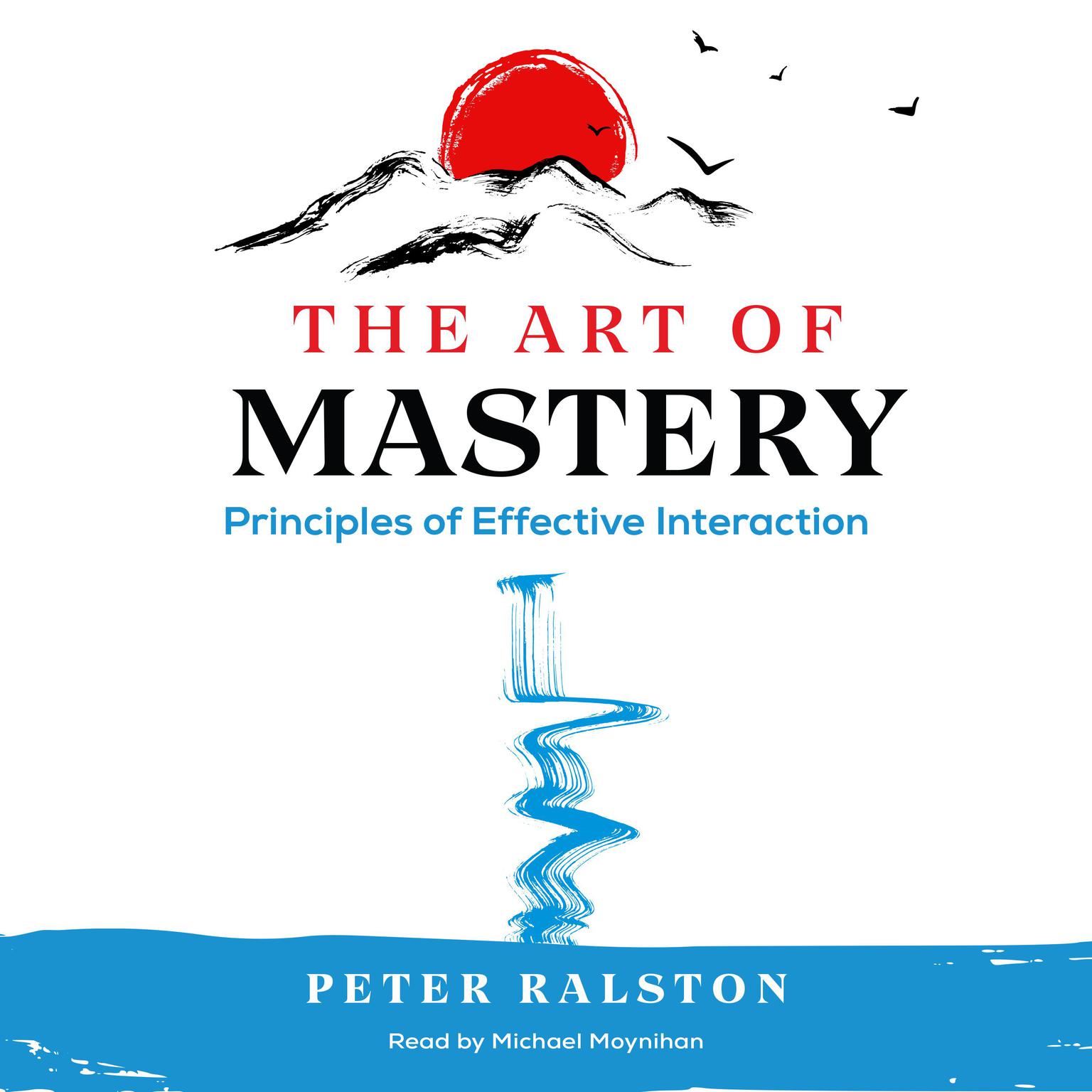 Play Audiobook Sample
Play Audiobook Sample
The Art of Mastery: Principles of Effective Interaction Audiobook
 Play Audiobook Sample
Play Audiobook Sample
Quick Stats About this Audiobook
Total Audiobook Chapters:
Longest Chapter Length:
Shortest Chapter Length:
Average Chapter Length:
Audiobooks by this Author:
Publisher Description
• Explores in depth the foundational skills and operating principles that empower mastery, including accurate perceptive awareness and effective interaction
• Looks at how to control your mind and transform your perceptive experience so what you are experiencing aligns with what’s actually occurring
• Presents a step-by-step breakdown of the principle of effective interaction and explains how to overcome the major obstacles to mastery
Becoming a master in a particular area is not tied solely to innate ability or talent nor to years of rote practice. As martial arts master and consciousness explorer Peter Ralston explains, the secret to mastery lies in accurate perceptive-awareness and effective interaction.
In this detailed guide to what it takes to master something, Ralston examines the powerful dynamics behind the art of mastery. He explores the foundational skills and operating principles that empower mastery, including the principle of effective interaction, the mind-body alignment principle, and creative intelligence. Examining “reaction” versus “response,” he looks at how to control your mind and transform your perceptive- awareness so that what you are experiencing aligns with what’s actually occurring—the first step toward reaching your objectives. Sharing methods to overcome the major obstacles to mastery, he presents a step-by-step breakdown of the principle of effective interaction and explains how to adapt when the people or objects you’re interacting with are working contrary to your goals, including in sports, business, warfare, politics, or any arena in which you’ve committed to pursuing mastery.
Revealing the elements that lead to masterful interactive skills, this guide shows how to do the work of personal transformation necessary to access mastery as a real, functional experience, providing an opportunity for deeper insights into yourself and life.
Download and start listening now!
"Ralston provides both a real definition of mastery and a very detailed process to achieve it. The book highlights a path to mastery that applies to any chosen field. It provides specific principles and practices and points out potential pitfalls along the way. It is both encouraging and rigorous. There are no participation trophies in this book. One of its best features is guidance on how to benefit from the inevitable mistakes and failures along the path to mastering any activity. If you spend time and effort with this book, you will greatly benefit from the investment.”"
—
Quotes
-
I so highly value the years I studied with Peter. In our work together, he immediately made me a better fighter and markedly so. Yet more importantly, he brought something else out: an internal energy, a state of being indescribable or undefinable, a power that I feel in every aspect of my life. He’s not only a master in his art but a master teacher. That generous creative flow of universal light that he has allowed and brought forth in his own experience sets fire to everyone who studies with him.”
The Art of Mastery Listener Reviews
Be the first to write a review about this audiobook!
About Peter Ralston
Keith O’Brien is an award-winning journalist, a former reporter for the Boston Globe, a regular contributor to National Public Radio and Politico, and a critically acclaimed author of books about dreams, Americana, and where the two meet. He has written for the New York Times Magazine and reported stories for This American Life. He was a 2017 finalist for the PEN/ESPN Award for Literary Sports Writing.





